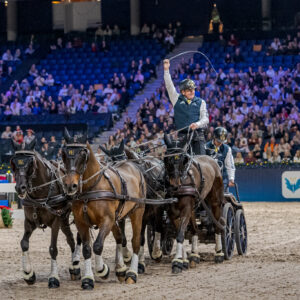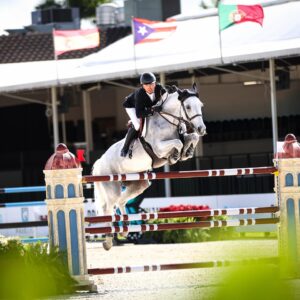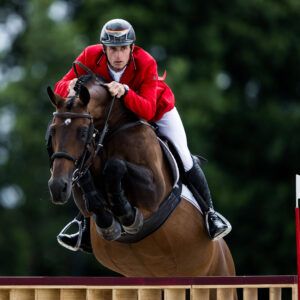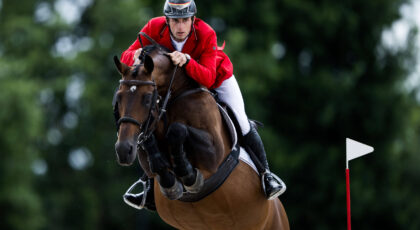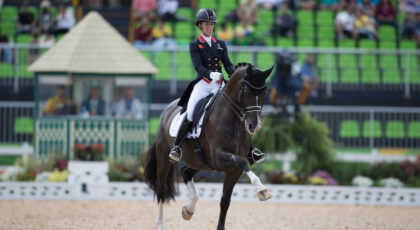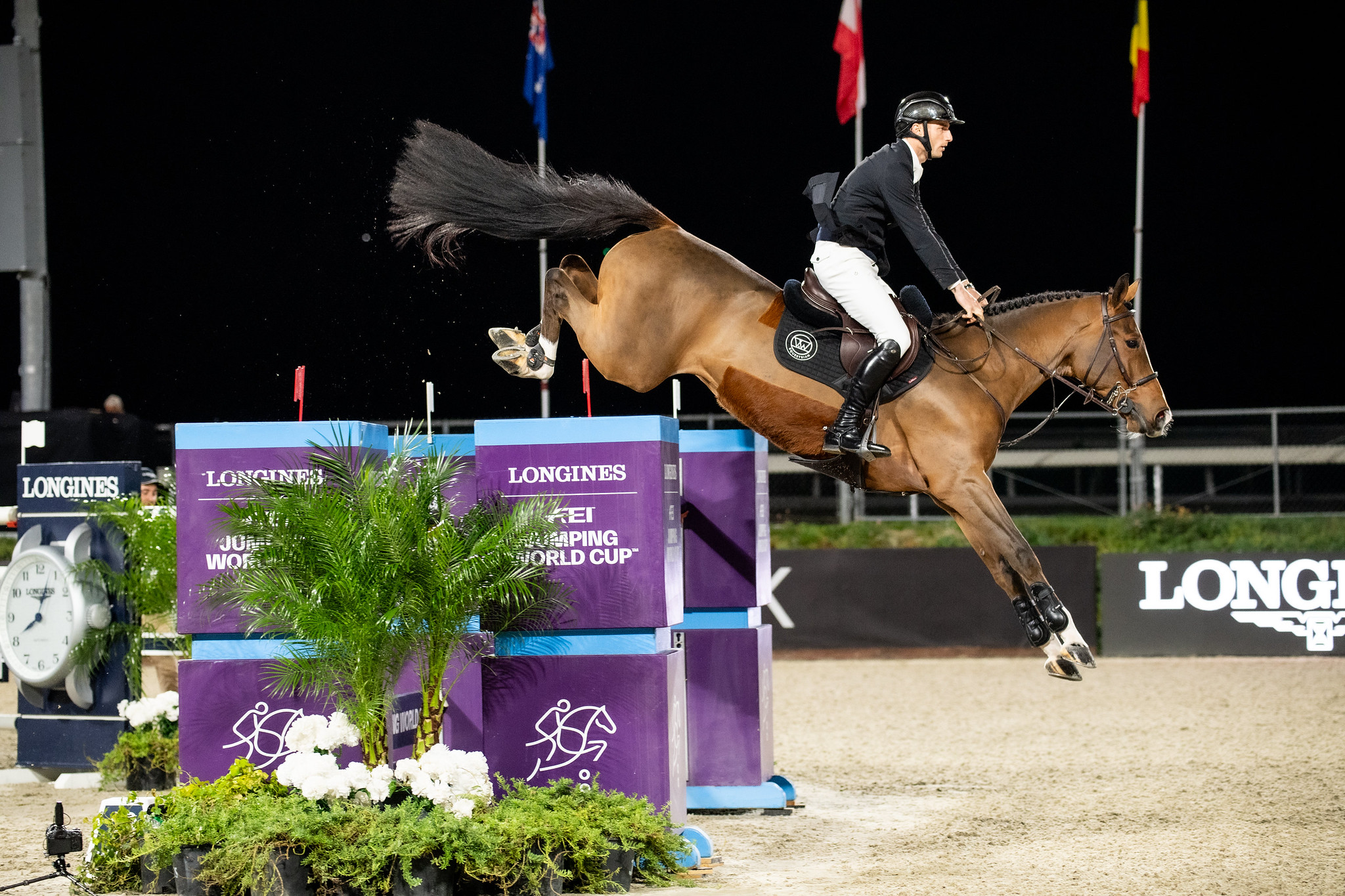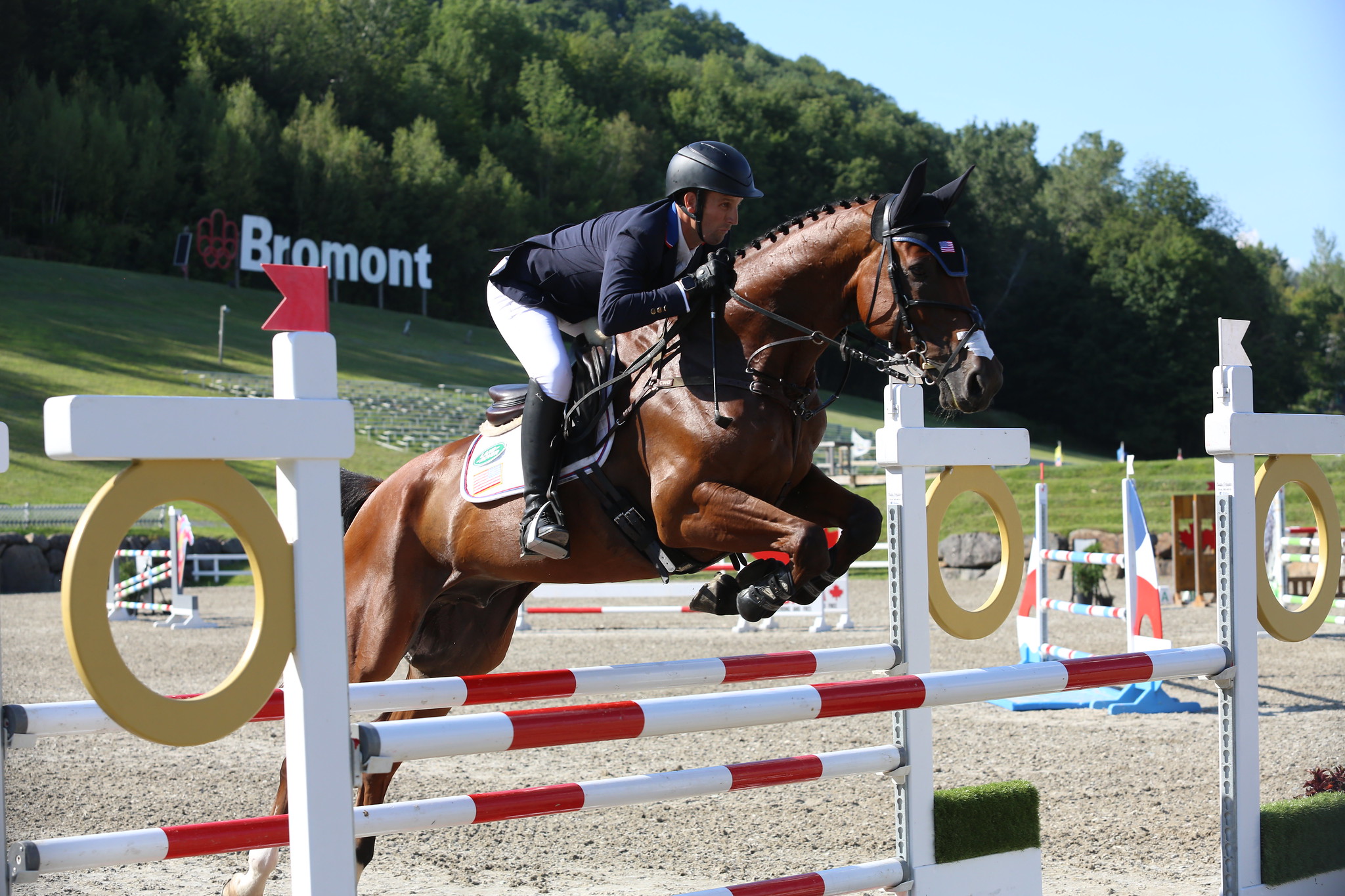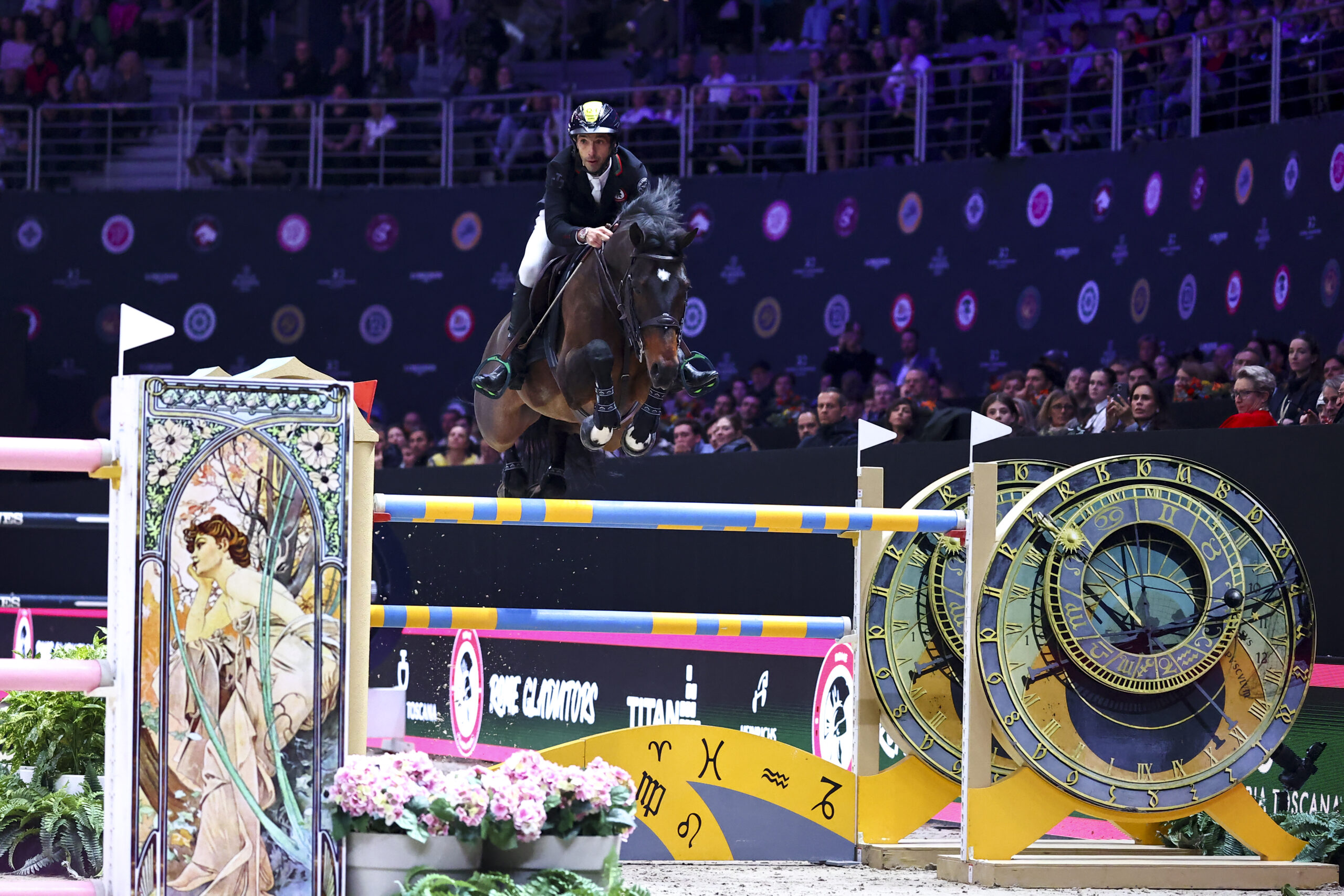The Swedish show jumpers have been the talk of the town lately, and it’s not just because they won the gold medal and jumped more clear rounds than any other nation at the 2020 Tokyo Olympic Games.
If you heard anything repeated over the livestream, it was probably that two of the three Swedish equine competitors took on the Olympic show jumping course barefoot. Imagine if an Olympic track athlete took to the 100-meter hurdles without shoes and won.
We put shoes on our horses for several reasons. Horseshoes provide protection when wear exceeds growth, traction on certain surfaces, and they can help abate structural issues within the foot and certain lameness issues.
Though horseshoes can and often do provide benefits, it may be more beneficial for a horse’s hoof health and overall wellbeing to go without shoes. It does, however, take time for the hoof to strengthen and adjust to going barefoot.
Why go barefoot?
Palm Beach Equine Clinic veterinarian and farrier Dr. Stephen O’Grady approaches equine podiatry on an individual horse basis, and he has been supportive of taking shoes off sport horses for many years.
“It’s not something that’s new to me,” says Dr. O’Grady. “I advocate taking shoes off when it’s possible especially when trying to rehabilitate a compromised or distorted hoof capsule. With the footing you have today in most jumper rings—Wellington competition venues included—the horses can often go barefoot. The horse’s foot, when the structures are in good condition, without a shoe is the best at accepting weight, absorbing concussion, dissipating the energy of impact, and allowing the horse to perform without any possible encumbrances on its feet.”
One of the biggest benefits to a barefoot horse, Dr. O’Grady explains, is allowing the whole hoof surface to interact with the ground and receive the stimulation that will continually strengthen the overall foot.
When you have the horse’s hoof shod, the weight of the horse is placed around the periphery of the hoof, where the shoe sits, putting all the horse’s weight on the hoof wall and not utilizing the soft tissue structures within the hoof capsule. A healthy bare foot is much better at accepting weight than a foot with a shoe because it loads the weight across the entire foot.
Is my horse a good candidate to go barefoot?
According to Dr. O’Grady, not every horse can be a candidate to go barefoot.
“Whenever we have a horse with a severe hoof capsule distortion or poor foot conformation, we generally elect to rehabilitate the foot barefoot, and often we don’t put the shoes back on,” he said. “There is no better shoe or device that can improve the foot than a horse simply going barefoot.”
However, Dr. O’Grady stresses that if the decision is made to transition to barefoot, it is important that you start with fairly good hoof conformation. While it doesn’t have to be perfect, a horse must have good integrity of the hoof capsule structures—the hoof wall, frog, sole, and heels—or the horse will not do well without shoes.
The type and level of work, the surfaces used for work, and genetics also play a role in deciding whether a horse is suitable to go barefoot. When making this choice, consult your veterinarian and farrier to make sure this decision is appropriate and manageable for your horse.
Give your horse time to transition
Removing the shoes requires a transition period. The sole, frog, and other hoof structures are stimulated through contact with the ground; the foot needs time to gain strength, adapt, to be able to accept weight, and to change shape as needed. If this process is rushed, the foot will start to weaken. The transition process can be lengthy, but it is worthwhile to have the strongest possible hoof as a result.
Once you make the decision to take a horse’s shoes off, there are several graduating levels of activity, including:
- The feet are trimmed differently: in this case, the feet are shaped rather than trimmed.
- The horse is given seven to 14 days off work where it is to be hand-walked on a firm surface twice daily.
- If the horse remains comfortable, it may be turned out daily in a small area for the next few weeks or hacked outside the ring at a walk.
- If still sound, the horse can then be turned out in a larger area for a greater amount of time, all while keeping the feet properly shaped at three- to four-week intervals to ensure healthy hooves.
- The transition period will depend on the initial condition of the foot, but generally at least 60 days is recommended before the horse should return to normal work.
- The development of a cutting-edge cast application, which will be presented at this year’s American Association of Equine Practitioners convention, has been extremely helpful during the transition period especially in the initial stages of removing the shoes.
Compliance between owner, trainer, farrier, and anyone else involved in the horse’s care is crucial during this transition process. Understanding the methodology and reasons behind the decision to take shoes off is vital to achieving the healthiest foot possible.

From a farrier’s perspective, shifting the practice from trimming to shaping a barefoot horse is key.
“Farriers often have trouble with the trim because they are used to trimming the solar surface of the foot in a horizontal plane in order to put a shoe on,” says Dr. O’Grady. “When you are going to leave it barefoot, you aren’t going to trim the hoof; you’re going to shape it. The knife is replaced with a wire brush and the mass on the bottom of the foot is left intact for the horse to walk on, which helps strengthen the hoof.”
The final step is the hoof wall is rasped on a vertical plane just in front of the white line, forming a rounded edge. The biggest difference as a result is that the sole is left intact, and the hoof wall is left slightly longer for as much protection as possible.
Many top-level jumpers may raise questions about competing on the grass, where horses will be transferred to shoes with studs to grip the surface. Dr. O’Grady has a solution for the grass, as well. Once the horse has been transitioned and is jumping barefoot, a set of shoes—front, hind, or all four—can be fitted to the horse without trimming the bottom of the foot in the usual manner. When the horse is scheduled to jump on the grass, the shoes are nailed on with four nails and removed as soon as the horse is finished competing.
A healthy barefoot hoof
When considering the benefits of going barefoot versus keeping shoes on, it’s important to consider the state of a horse’s hoof and the job it will need to do. Be sure to understand there will be a necessary transition period, how your team will work together throughout the transition, and how going barefoot might impact a horse’s immediate future.
Dr. O’Grady warns that a severely damaged foot cannot be expected to perform without a shoe as the hoof structures will not adapt properly, and you may encounter severe lameness problems.
However, a good foot, when given proper time, attention, and commitment, is capable of adapting, changing shape, and improving and strengthening the structures. Often, shoes get in the way of what the hoof is designed to do for a horse. A horse can do anything without shoes, including jump at the Olympic Games, if the process is done correctly.
For additional insight into equine farrier studies, read Dr. O’Grady’s published veterinary articles here. Consult with your veterinarian and farrier on proper shoeing or removal of shoes to make sure the decision is appropriate for your individual horse.


 August 24, 2021
August 24, 2021 











